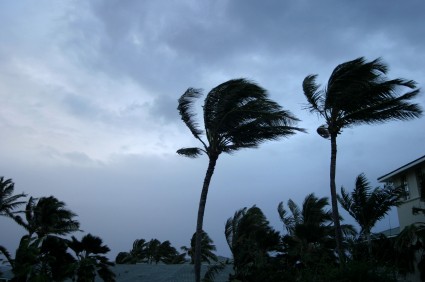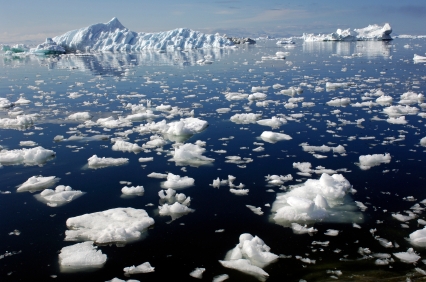Articles by Lester Brown
Lester R. Brown is founder and president of Earth Policy Institute in Washington, D.C. Follow EPI: Twitter, Facebook, YouTube, LinkedIn
All Articles
-
The oil intensity of food
Today we are an oil-based civilization, one that is totally dependent on a resource whose production will soon be falling. Since 1981, the quantity of oil extracted has exceeded new discoveries by an ever-widening margin. In 2008, the world pumped 31 billion barrels of oil but discovered fewer than 9 billion barrels of new oil. […]
-
A warming world means more destructive storms
Elevated global temperatures bring a number of threats, including rising seas and more crop-withering heat waves. Higher surface water temperatures in the tropical oceans also provide more energy to drive tropical storm systems, leading to more-destructive hurricanes and typhoons. The combination of rising seas, more powerful storms, and stronger storm surges can be devastating. As […]
-
Melting ice could lead to massive waves of climate refugees
As the earth warms, the melting of the earth’s two massive ice sheets—Antarctica and Greenland—could raise sea level enormously. If the Greenland ice sheet were to melt, it would raise sea level 7 meters (23 feet). Melting of the West Antarctic Ice Sheet would raise sea level 5 meters (16 feet). But even just partial […]
-
Many political conflicts stem from undue population pressure on water and grasslands
As land and water become scarce, competition for these vital resources intensifies within societies, particularly between the wealthy and those who are poor and dispossessed. The shrinkage of life-supporting resources per person that comes with population growth is threatening to drop the living standards of millions of people below the survival level, leading to potentially unmanageable social tensions.
Access to land is a prime source of social tension. Expanding world population has cut the grainland per person in half, from 0.23 hectares in 1950 to 0.10 hectares in 2007. One-tenth of a hectare is half of a building lot in an affluent U.S. suburb. This ongoing shrinkage of grainland per person makes it difficult for the world's farmers to feed the 70 million people added to world population each year. The shrinkage in cropland per person not only threatens livelihoods, but in largely subsistence societies, it also threatens survival itself. Tensions within communities begin to build as landholdings shrink below that needed for survival.
The Sahelian zone of Africa, with one of the world's fastest-growing populations, is an area of spreading conflict. In troubled Sudan, 2 million people have died and over 4 million have been displaced in the long-standing conflict of more than 20 years between the Muslim north and the Christian south. The more recent conflict in the Darfur region in western Sudan that began in 2003 illustrates the mounting tensions between two Muslim groups -- camel herders and subsistence farmers. Government troops are backing Arab militias, who are engaging in the wholesale slaughter of black Sudanese in an effort to drive them off their land, sending them into refugee camps in neighboring Chad. At least some 200,000 people have been killed in the conflict and another 250,000 have died of hunger and disease in the refugee camps.
The story of Darfur is that of the Sahel, the semiarid region of grassland and dryland farming that stretches across Africa from Senegal in the west to Somalia in the east. In the northern Sahel, grassland is turning to desert, forcing herders southward into the farming areas. Declining rainfall and overgrazing are combining to destroy the grasslands.

